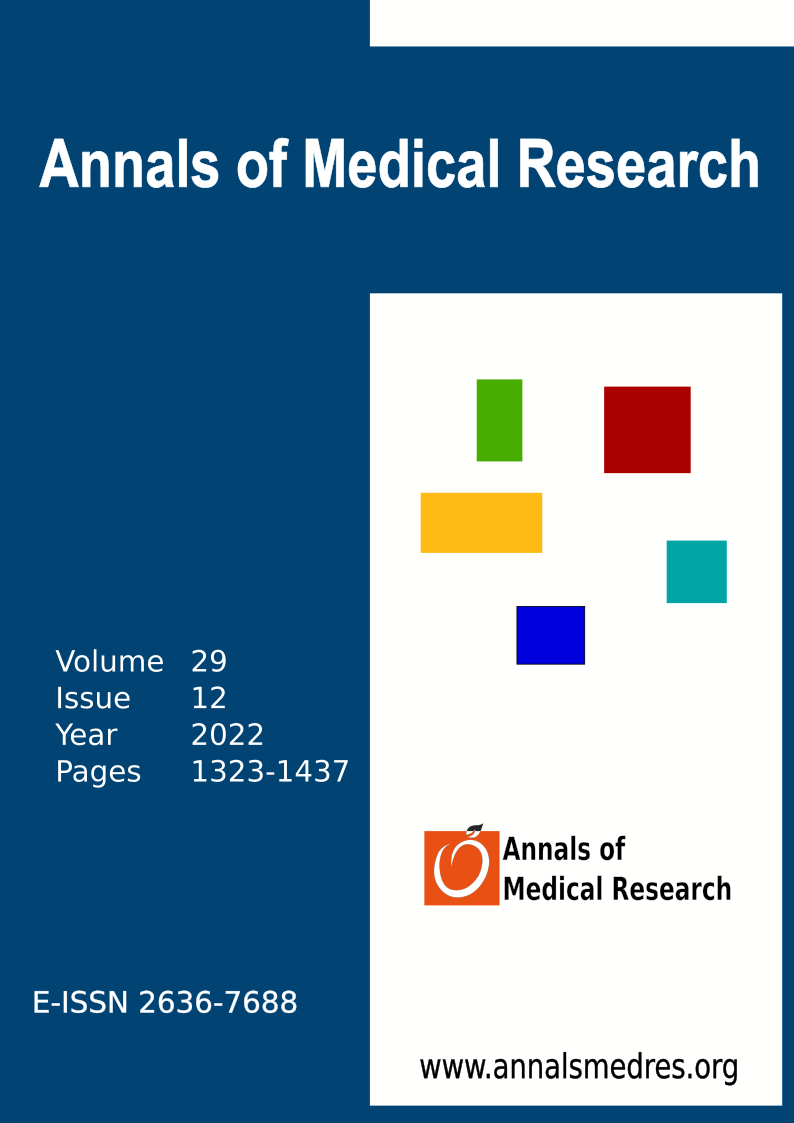Comparison with conventional arc and split-partial arc techniques of volumetric modulated arc therapy in terms of planning efficiency for stereotactic radiotherapy treatment of multiple brain metastases
Keywords:
Volumetric modulated arc therapy, Split-partial arc, Stereotactic radiotherapy, Multiple brain metastasesAbstract
Aim: In stereotactic radiotherapy of multiple brain metastases (BM), Conventional Arc (CA) of the volumetric modulated arc therapy (VMAT) technique with a single isocenter is a frequently used technique using Linac (Linear Accelerator) treatment devices. Reducing the dose of healthy brain tissue as well as improved delivery efficiency in SRT treatment of BM is important to reduce possible treatment toxicity. Therefore, multileaf collimator (MLC) movements in wide arcs of CA technique may result in non-optimal dose distribution and increasing low-dose volume in the brain. Improvement of the protection of brain tissue by using SPA technique which has reduced field sizes and minimizes physical limitations of MLCs is evaluated.
Materials and Methods: 28 patients with 3≤, ≥6 of multiple BM included in this retrospective planning study. All plans were generated 27 Gy in 3 fractions using conventional arcs with automated width of fields and split partial arcs with the manual arrangement of fields according to localizations of tumors in the brain. Dosimetric parameters included tumor coverage, conformity index (CI), gradient index (GI), V4Gy, V10Gy and V12Gy volumes of brain from both techniques were compared by Wilcoxon signed-ranked tests.
Results: Both techniques satisfied clinical requirements in coverages of PTV and CI. CA technique had a significantly higher GI than SPA of VMAT (GI; 4.19 vs. 3.58; p < 0.001). SPA technique was found significantly lower V4Gy (18.50 vs. 21.30 cm3, p < 0.001), V10Gy (30.71 vs. 40.76 cm3, p < 0.05) and V12Gy (213.32 vs. 305.71 cm3, p<0.05) volumes.
Conclusion: Due to rapid MLC modulation and less tongue-and-groove effect in arcs with smaller field widths, SPA technique can reduce OAR and brain dose radiation exposure in brain stereotactic radiotherapy for different tumor localizations in the brain. This technique may be the first choice compared to the CA technique for SRT of BM having distant and scattered targets.
Downloads
Published
Issue
Section
License
Copyright (c) 2022 The author(s)

This work is licensed under a Creative Commons Attribution-NonCommercial-NoDerivatives 4.0 International License.
CC Attribution-NonCommercial-NoDerivatives 4.0






